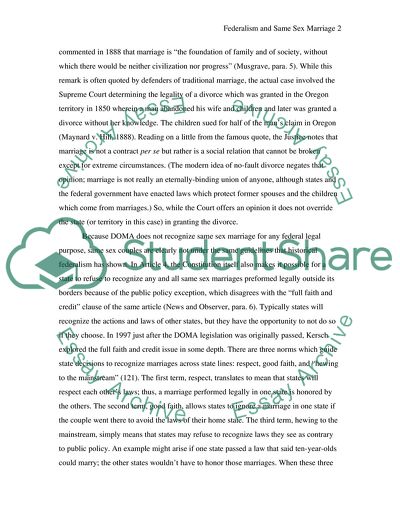Cite this document
(Federalism and Same Sex Marriage: The Role of the Federal Government Article, n.d.)
Federalism and Same Sex Marriage: The Role of the Federal Government Article. https://studentshare.org/politics/1727699-analytical-essay-on-same-sex-marriage-and-domestic-partnerships-2nd-year-college
Federalism and Same Sex Marriage: The Role of the Federal Government Article. https://studentshare.org/politics/1727699-analytical-essay-on-same-sex-marriage-and-domestic-partnerships-2nd-year-college
(Federalism and Same Sex Marriage: The Role of the Federal Government Article)
Federalism and Same Sex Marriage: The Role of the Federal Government Article. https://studentshare.org/politics/1727699-analytical-essay-on-same-sex-marriage-and-domestic-partnerships-2nd-year-college.
Federalism and Same Sex Marriage: The Role of the Federal Government Article. https://studentshare.org/politics/1727699-analytical-essay-on-same-sex-marriage-and-domestic-partnerships-2nd-year-college.
“Federalism and Same Sex Marriage: The Role of the Federal Government Article”. https://studentshare.org/politics/1727699-analytical-essay-on-same-sex-marriage-and-domestic-partnerships-2nd-year-college.


